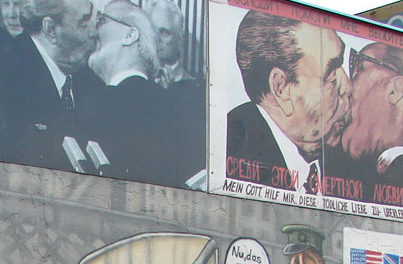A recent USA Today article about frequent traveler programs stated the obvious — it called elite status “the jewel in the very tarnished crown of loyalty marketing.”
Status with airline miles and hotel rewards has become more important in the past few years. With airlines more aggressively raising add-on fees, the silver, gold, platinum, and premiere cards that often exempt their holders from things like baggage fees or added charges for good seats have real monetary value. Checking a bag and getting an aisle seat in the front of a plane can easily cost $50-$75 a trip without the status airline frequent flyer miles.
The hotel calculus can be even more compelling. Precious metal cards with hotel loyalty programs can get you free breakfast and free wireless (for those places that still charge) – saving you up to $120 over a week’s stay. You can quickly build a solid business case if you need a one more trip to earn status.
At the start of each New Year, I take a look at my airline mileage and hotel “frequent sleeper” programs and, because all the elite “counters” for miles and nights have reset to zero, I decide where I’m going to invest my time to gain travel rewards. Because for frequent travelers, trips that count toward elite status are an investment. But what’s the right investment strategy – is it better to spread it around – be mid-tier status with a couple of airlines and hotels – or should you double-down with just one and go for top tier?
It depends on what you want and how you travel. If upgrades are important – flying first class, getting bumped to a suite – then you need to go for top tier status. As airline seat utilization goes up – the latest figures are over 80% – there are fewer first class seats available. A recent United flight I took from Chicago to Phoenix was completely full. A Premiere guy standing next to me. At United’s lowest level of status, he was number 52 on the upgrade list. With 24 first class seats on that 757 – which is a big first class nowadays – he knew he wasn’t getting out of seat 13E. But at least his status got him into Economy Plus for free – otherwise that 5 extra inches of legroom would’ve cost him $25-50.
If you like to use your miles for free flights for vacations to places like Saigon or Venice, as I do, the answer isn’t quite as straight-forward. As airline load factors and hotel occupancy levels increase, award availability is the first thing to suffer. Award trips dropped over 10% between 2008 and 2009. If you’ve doubled-down and have all your miles/points with one airline and one hotel, your ability to use your miles/points when and where you want may be difficult.
Booking a spring trip to Venice offers a real-life example. The dates — based on my daughter’s spring break — were inflexible. As was the location — my daughter has always wanted to visit Venice and Verona. I knew this was going to be tough. I gritted my teeth, mixed myself a big cocktail, and started dialing airline mileage awards desks. American could get me over the Atlantic, but couldn’t get me back. British Airways couldn’t get me to Heathrow, but could get me to Venice. Eventually, United could get me to Venice on Star Alliance partner Lufthansa via Frankfurt and back on a double hop via Munich and Heathrow. If I focused my miles solely on one airline or even a single airline alliance, I would’ve been out of luck.
So, the best strategy depends on what you want to gain from an award program. If you want free trips and rooms, go wide to give yourself the most options for scoring a flight or room on the day and destination of your choosing. If upgrades and being at the front of the line are what you want, go deep to earn the highest status level you can.







